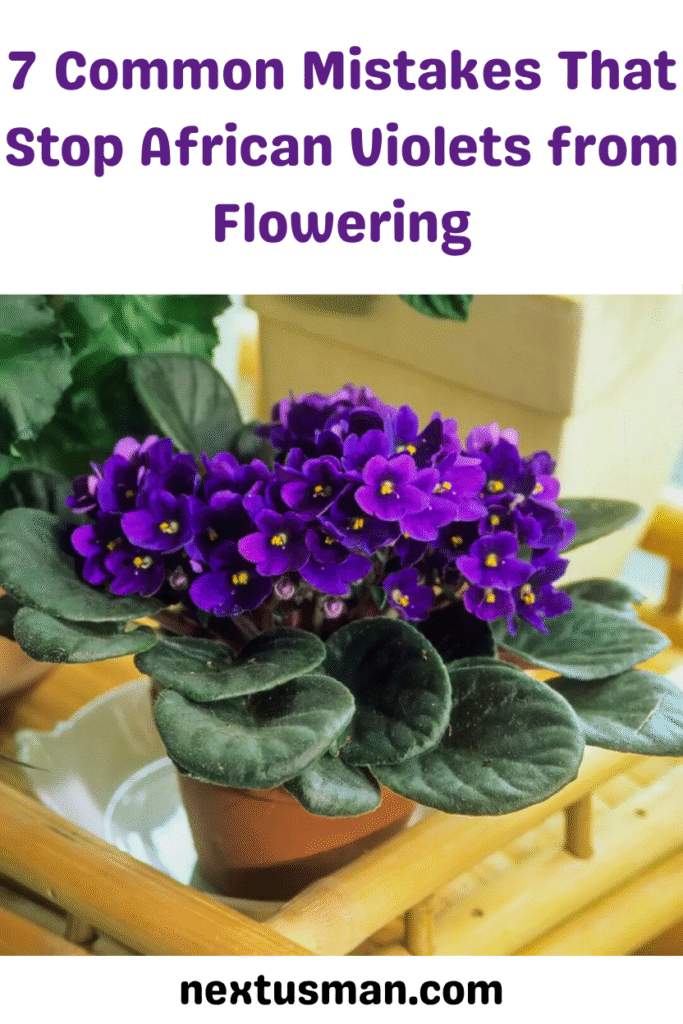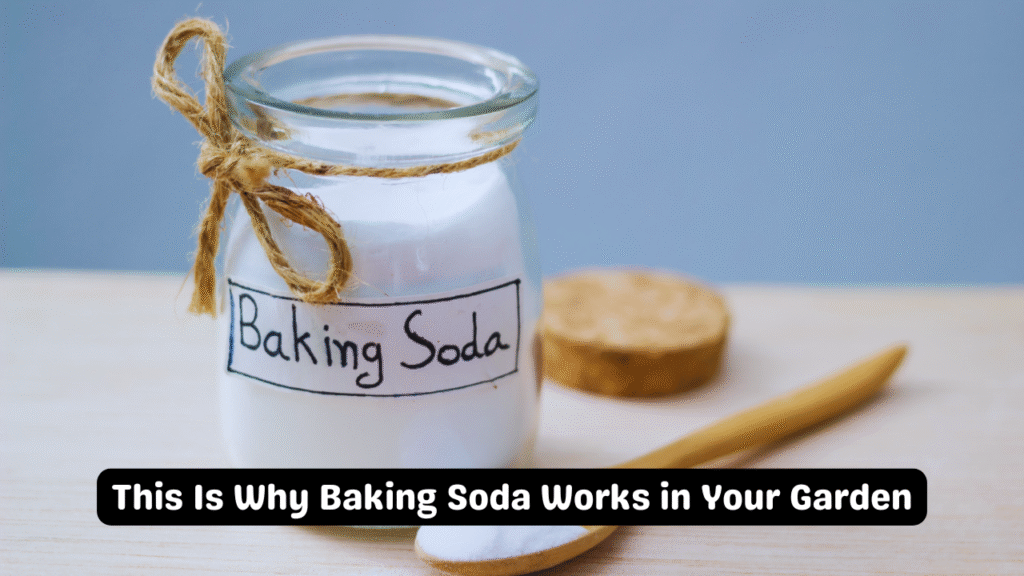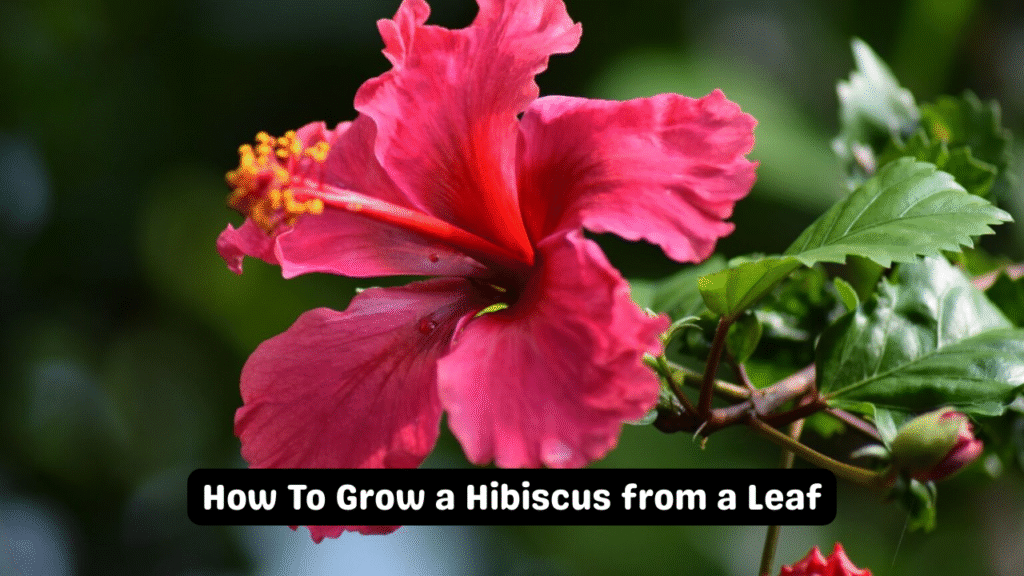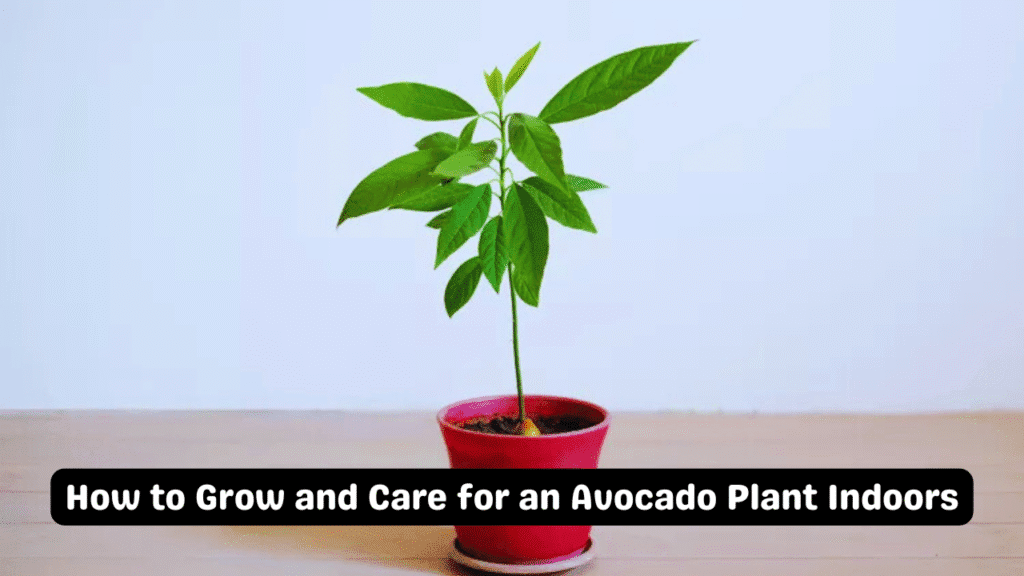African violets (Saintpaulia spp.) are beloved indoor plants known for their vivid, delicate blooms. While they’re relatively easy to grow, getting them to flower consistently can be frustrating if you’re unknowingly making a few missteps. If your African violet is looking healthy but refusing to bloom, you might be making one of these seven common mistakes. Let’s fix that and bring those blossoms back.
1. Not Enough Light
Poor lighting is a top reason African violets don’t bloom. These plants crave bright, indirect light. Too little light means no flowers, while harsh direct sunlight can scorch the leaves. Place your violet near an east or north-facing window. If that’s not an option, use fluorescent or LED grow lights to supplement natural light.
2. Overwatering
Overwatering suffocates roots and leads to rot—two surefire ways to stop blooms. African violets prefer consistently moist (not soggy) soil. Always check the top inch of soil before watering. Use pots with drainage holes, and let excess water drain out fully. Skip watering the leaves directly to prevent diseases.
3. Watering the Wrong Way
Even if you’re watering at the right time, how you water matters. Splashing water on the crown or leaves can invite rot and fungal infections. Always water from the base or use a self-watering pot. Room temperature water is ideal—cold water can shock the roots and slow down flower production.
4. Wrong Pot Size
Size matters—too big and the roots focus on growing instead of flowering; too small and they’re too cramped to thrive. Aim for a pot that’s about one-third the width of the entire plant. This encourages balanced growth, better airflow, and proper moisture retention—all of which support blooming.
5. Lack of Fertilizer
African violets are heavy feeders. Without nutrients, especially phosphorus, they’ll grow leaves but skip the flowers. Use a balanced, water-soluble fertilizer designed for African violets. Feed every 2–4 weeks during the active growing season, but avoid fertilizing during dormancy.
6. Improper Temperature and Humidity
These plants are picky about their environment. Ideal temperatures range between 65–75°F (18–24°C). Sudden cold drafts or heat can throw them off. African violets also like moderate humidity (40–60%). If your home is dry, use a humidity tray or small humidifier to keep the air comfortable.
7. Skipping Maintenance
Dead leaves, faded flowers, and overcrowded centers steal energy from new blooms. Regularly pinch off spent flowers and remove yellowing leaves to keep the plant tidy and focused on growth. A clean, well-pruned plant is much more likely to reward you with flowers.
Final Thoughts

African violets are more than just pretty houseplants—they’re little floral divas that thrive on the right care. By avoiding these seven mistakes and fine-tuning your light, water, feeding, and environment, you can encourage nonstop blooming and enjoy their beautiful flowers year-round. A few small changes can turn your quiet, leafy violet into a blooming star of your indoor garden.




